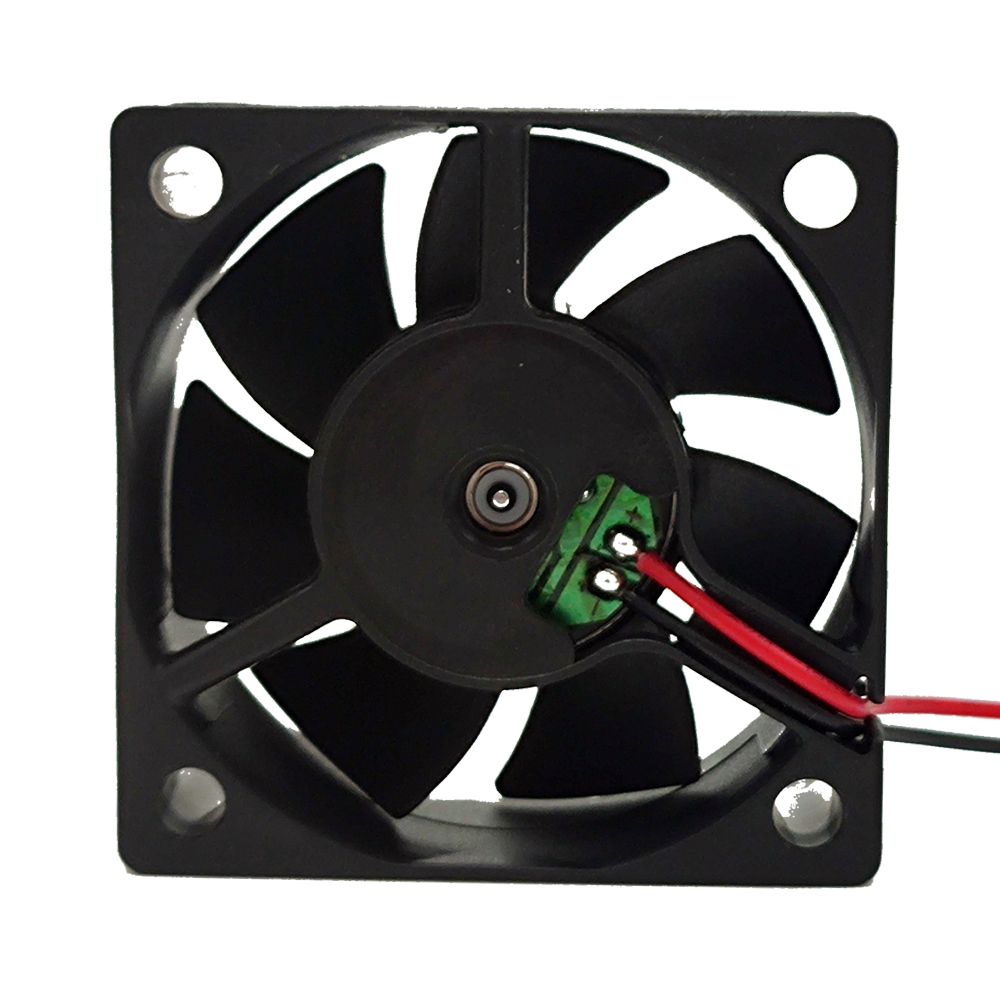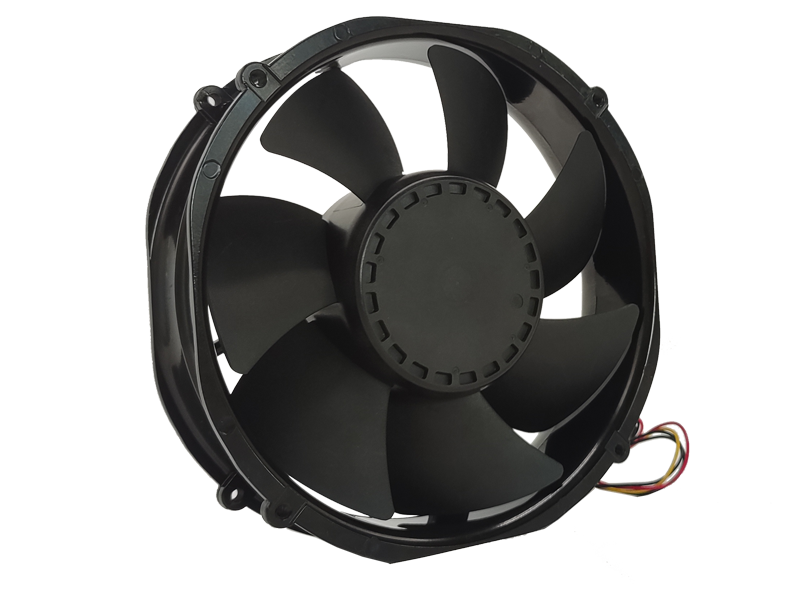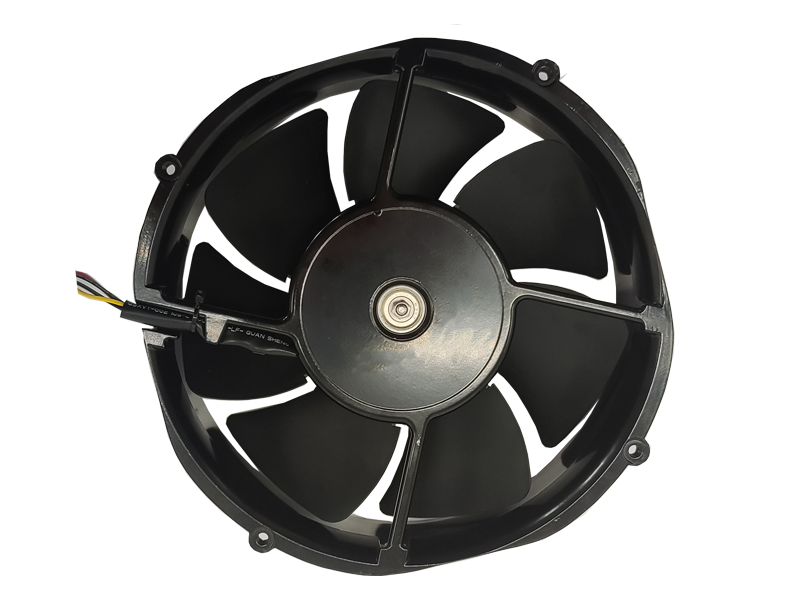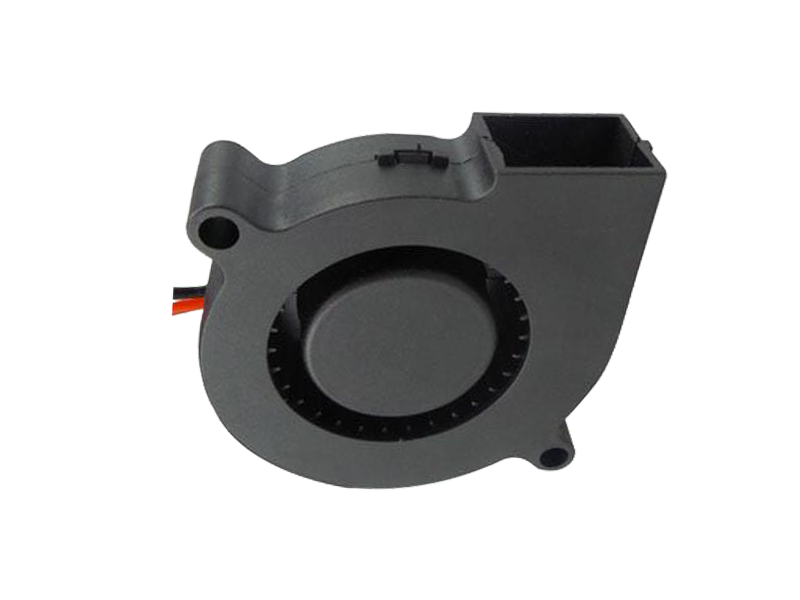In the fast-paced world of modern manufacturing, industrial fans have become an integral part of many systems, ensuring smooth operations by maintaining optimal airflow and temperature regulation. Whether used in large warehouses, factories, or chemical processing plants, industrial fans are often the unsung heroes that enable machinery to function at their best, reduce risks, and enhance worker productivity.
This article will explore industrial fans from a product-focused perspective, looking at their key features, applications, and how manufacturers are evolving these products to meet the growing demands of efficiency, energy conservation, and sustainability. Additionally, we will discuss considerations for selecting the right industrial fan to match a company’s specific needs, and how future trends are shaping the evolution of these essential components.
The Role and Importance of Industrial Fans in Modern Industry
Industrial fans serve several functions across various industrial applications, ranging from cooling and ventilation to improving air quality and reducing operational costs. The significance of industrial fans cannot be overstated, as they help to:
Maintain Optimal Temperatures: In many industrial settings, machinery generates considerable heat. If not properly ventilated, this heat can cause equipment to overheat and malfunction, leading to costly downtimes and repairs. Industrial fans help circulate air, reducing hot spots and ensuring that the machinery operates within its recommended temperature range.
Improve Air Quality: Manufacturing facilities and processing plants often deal with pollutants, fumes, or dust that could affect worker health and safety. Industrial fans play a critical role in ventilating these potentially harmful substances out of the facility, ensuring a healthier working environment and compliance with safety regulations.
Enhance Worker Comfort: Many industrial environments are hot and uncomfortable for workers, especially in industries such as foundries, metalworking, and chemical manufacturing. Industrial fans provide necessary airflow that helps regulate the temperature and makes the workspace more tolerable for employees, improving their productivity and reducing the risk of heat stress.
Support Air Circulation: Proper air circulation is crucial for maintaining the efficiency of certain processes, such as drying, cooling, and ventilation. In some cases, maintaining the correct airflow in production or storage areas can significantly speed up processes and reduce energy consumption, making the operation more cost-effective.

1.1 Applications of Industrial Fans
Industrial fans come in a variety of designs and sizes, allowing them to cater to different industry needs. Some of the primary sectors that rely heavily on industrial fans include:
Manufacturing Plants: Whether it’s for cooling machinery, providing ventilation to workers, or improving the overall efficiency of industrial processes, fans are indispensable. For example, cooling fans are used in welding or laser cutting operations to prevent overheating.
Warehouses and Distribution Centers: Fans are often used to improve air circulation in large warehouses. In places where ventilation is key to maintaining an optimal storage environment, such as food storage or perishable goods warehouses, industrial fans help control temperature and humidity.
Chemical and Pharmaceutical Industries: In these sectors, ventilation is crucial to ensure the safe release of fumes or gases. Industrial fans are used to maintain airflow through ventilation ducts, helping remove contaminants and reduce the risk of hazardous conditions.
Energy and Power Plants: In power generation plants, fans are needed for processes like cooling nuclear reactors, circulating combustion air, and expelling excess heat. With large-scale operations, cooling systems depend on efficient industrial fans to operate safely.
Key Considerations for Selecting Industrial Fans
Choosing the right industrial fan requires careful consideration of several factors. Each industrial application is different, and the fan selected must meet the operational requirements of the specific environment. Below are some important aspects to keep in mind when selecting an industrial fan for your business:
2.1 Fan Type
Industrial fans come in a variety of types, each designed to meet specific operational needs. The two most common types are:
Axial Fans: These fans are known for their ability to move large volumes of air with relatively low pressure. They are most commonly used in ventilation systems where high air movement is required, such as in warehouses and large factories. They are particularly useful in settings that require continuous airflow.
Centrifugal Fans: These fans are designed for applications that require high air pressure, such as dust extraction systems, air conditioning, and ventilation in high-resistance environments. Centrifugal fans are ideal for situations where air needs to be forced through narrow ducts or ventilation systems with higher pressure demands.
Mixed-Flow Fans: Combining the characteristics of both axial and centrifugal fans, mixed-flow fans are often used when both moderate airflow and pressure are needed. They are suitable for applications like air handling and ventilation in confined spaces.
Selecting the right fan type depends on the specific needs of the operation and the space in which the fan will be installed. Axial fans are often better for general ventilation, while centrifugal fans excel at moving air through complex ducting systems.
2.2 Fan Size and Airflow Capacity
The size and airflow capacity of an industrial fan are crucial factors in its performance. The fan's airflow capacity is usually measured in cubic feet per minute (CFM) or cubic meters per hour (m³/h), and it refers to the amount of air the fan can move in a given period.
To select the right fan size, businesses should calculate the airflow required for the space or process being served. For example, in large warehouses or manufacturing plants, a high CFM is necessary to keep the environment well-ventilated and to reduce the temperature effectively. However, it’s important to remember that larger fans typically consume more energy, so finding the right balance is crucial to minimizing energy costs while maximizing performance.
2.3 Energy Efficiency
As industries worldwide strive for greater energy efficiency and sustainability, choosing an energy-efficient industrial fan becomes increasingly important. Energy-efficient fans can help businesses reduce operational costs and lower their carbon footprint, making them a smart choice in the long term.
Many modern industrial fans come with advanced features, such as variable-speed motors, that adjust the fan’s speed based on the specific needs of the environment. This not only reduces energy consumption but also allows for greater control over airflow. Additionally, fans with high-efficiency motors and blades designed to reduce drag and turbulence help to optimize energy use.
2.4 Durability and Maintenance
Industrial fans must be built to withstand the harsh conditions found in many manufacturing and processing environments. Fans in environments where chemicals, dust, or high temperatures are present must be constructed from durable materials, such as corrosion-resistant metals, to prevent premature failure.
Regular maintenance is also a critical factor in keeping industrial fans running efficiently. Fans should be regularly inspected for wear and tear, dust accumulation, and other issues that could hinder performance. Features like self-lubricating bearings or easily accessible parts for cleaning and repair can make maintenance easier and more cost-effective in the long term.
Trends in Industrial Fan Technology
As industries evolve, so too does the technology behind industrial fans. Manufacturers are constantly innovating to make fans more efficient, durable, and environmentally friendly. Some of the key trends influencing the future of industrial fan technology include:
3.1 IoT and Smart Fan Integration
The rise of the Internet of Things (IoT) has paved the way for the integration of smart technologies in industrial fan systems. Smart fans equipped with sensors can monitor temperature, airflow, and air quality in real time, making adjustments to optimize efficiency and performance. These systems can also predict when maintenance is needed, reducing downtime and extending the lifespan of the fan.
For example, in energy-intensive environments such as data centers, IoT-enabled fans can automatically adjust their speed to match the cooling demands of the equipment, ensuring optimal energy use without compromising performance.
3.2 Increased Focus on Energy Efficiency
Energy efficiency continues to be a major focus in industrial fan design. Manufacturers are increasingly incorporating high-efficiency motors and advanced control systems to minimize energy consumption while maximizing airflow and pressure. The demand for low-energy, high-performance fans will likely increase as industries strive to meet stricter energy regulations and reduce operational costs.
3.3 Noise Reduction Technologies
Noise levels in industrial environments can often be a concern, especially in spaces where workers need to concentrate or where noise pollution regulations are in place. Industrial fan manufacturers are increasingly incorporating noise-reduction technologies, such as noise-dampening materials and redesigned fan blades, to reduce the overall noise produced by fans.
This is especially important in industries like food processing and pharmaceuticals, where maintaining a quiet and clean environment is essential for both worker comfort and product quality.
Conclusion
Industrial fans play a vital role in ensuring operational efficiency, safety, and comfort across a wide range of industries. Whether cooling machinery, improving air quality, or enhancing worker productivity, these systems are indispensable for maintaining optimal working conditions. Understanding the key considerations for selecting industrial fans, such as fan type, size, energy efficiency, and durability, is essential for ensuring that businesses invest in the right product for their needs.
As technology continues to evolve, we can expect industrial fans to become smarter, more energy-efficient, and more environmentally friendly, helping companies meet sustainability goals while optimizing their operations. By staying informed about the latest trends and product innovations, businesses can make better decisions and enjoy improved performance from their industrial fan systems.
Recommended Products

The main purpose:Car charging station

The main purpose:Car charging station

The main purpose:Electronic refrigerators, water dispensers, direct drinking machines, inverter power supplies
Address:No. 4137, Longgang Avenue (Henggang Section), Henggang Community, Henggang Street, Longgang District, Shenzhen
hotline:13530005572(Chen)15112579390(Li)


Welcome all friends to come for consultation and negotiation.
Copyright 2024 @ Shenzhen Youneng Xinyuan Electronics Co., Ltd.,(industrial fans,industrial blowers,axial fans,cooling fans manufacturer,centrifugal fans,ac cooling fans,dc cooling fans)